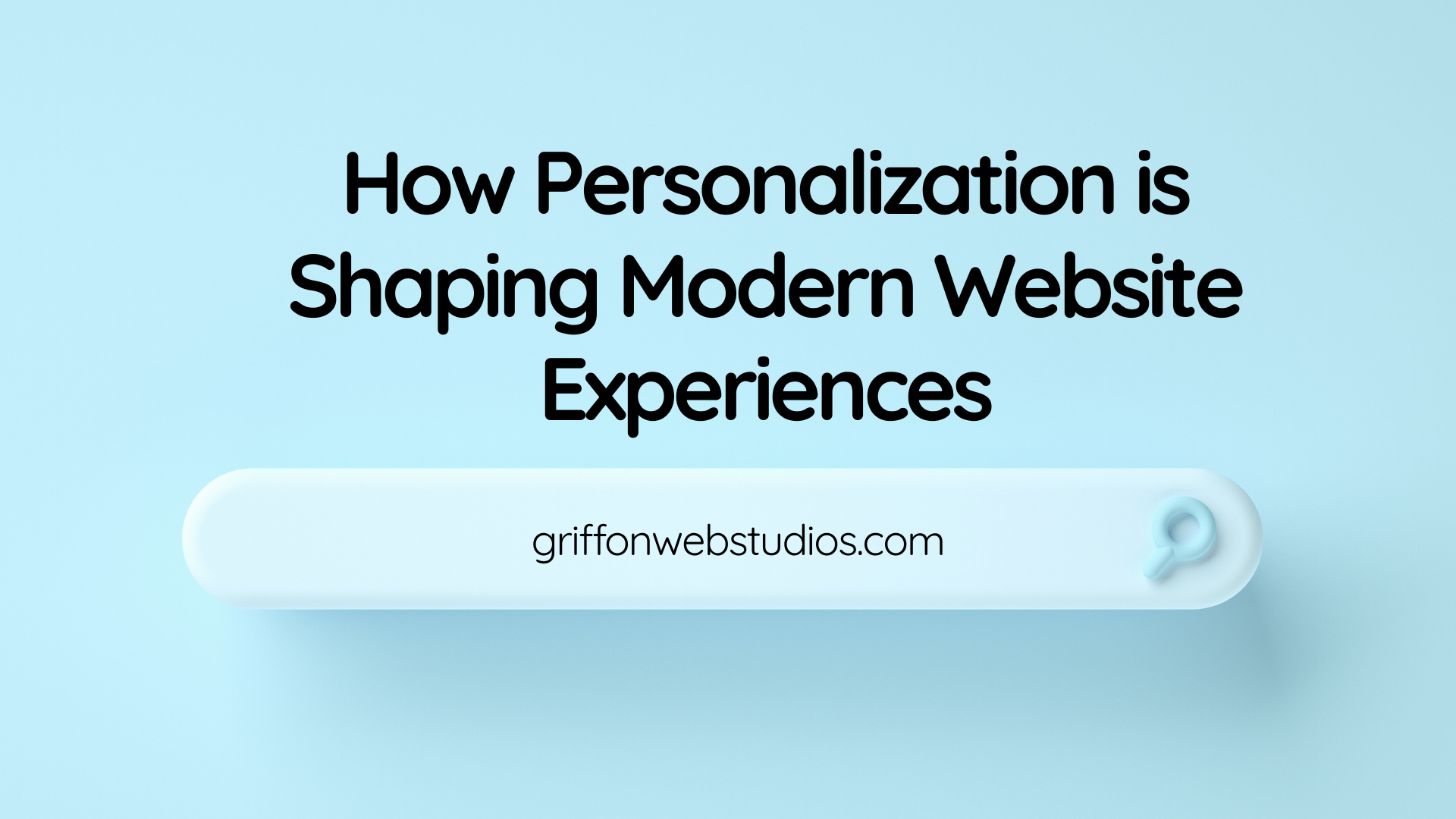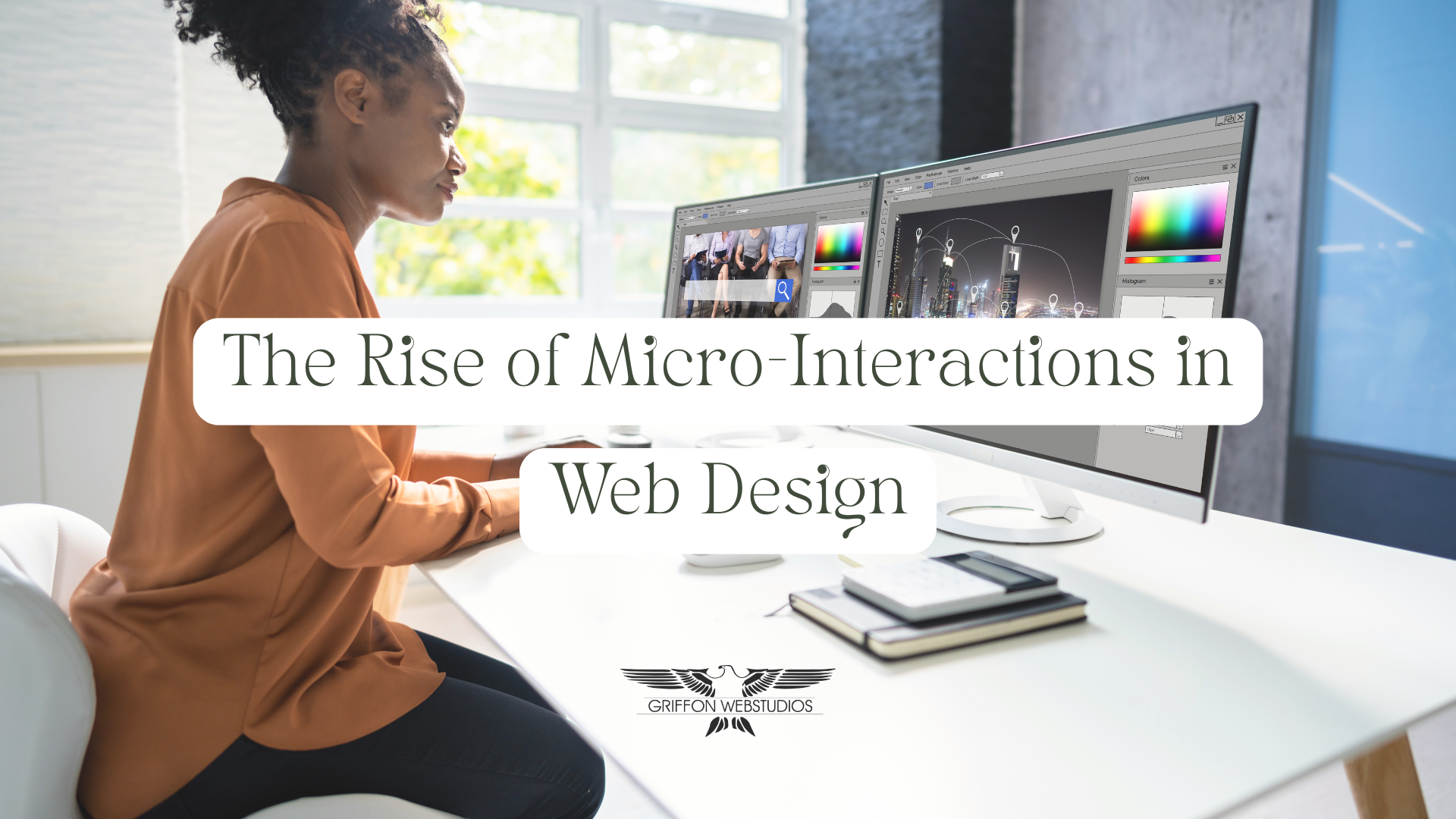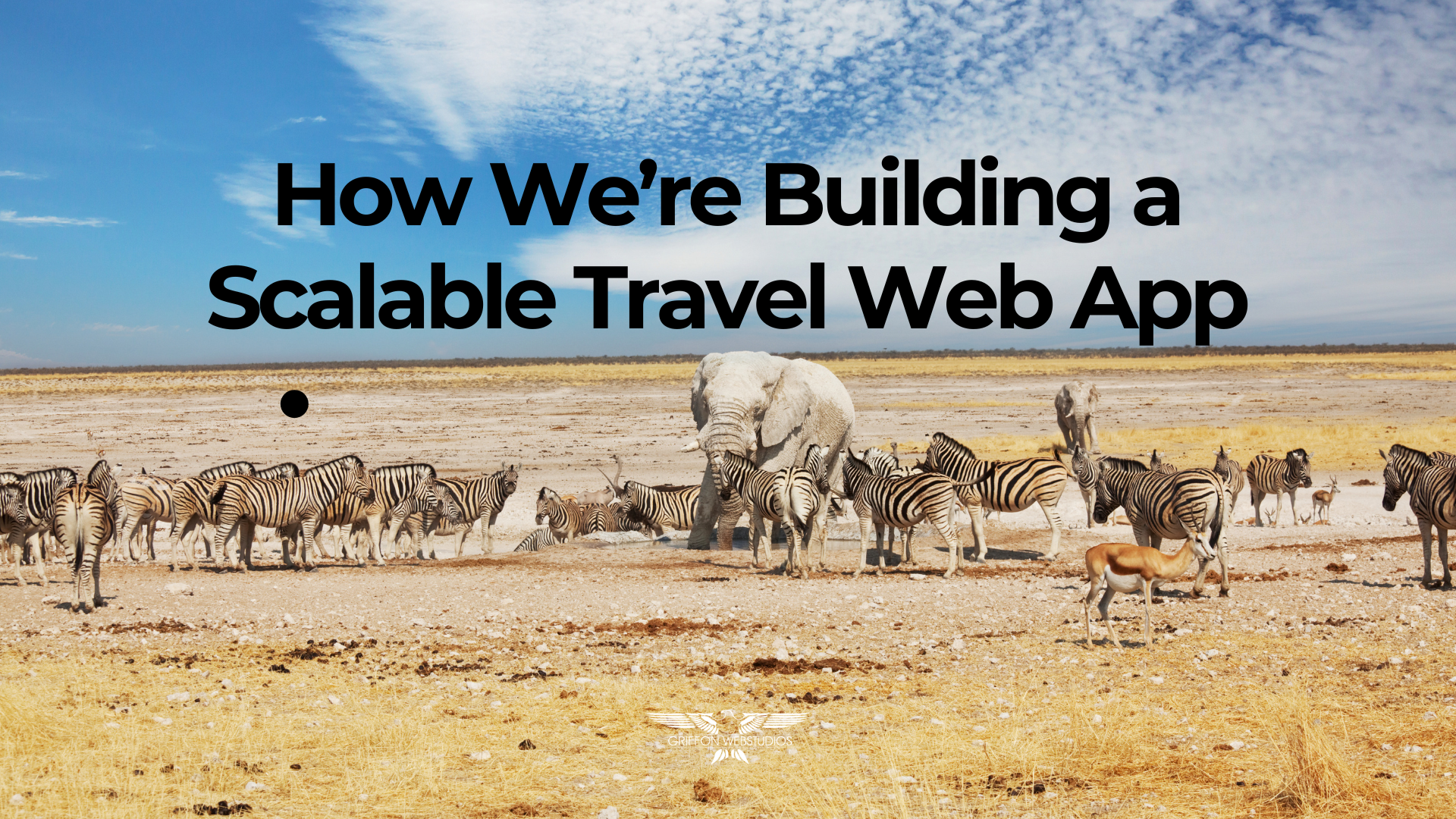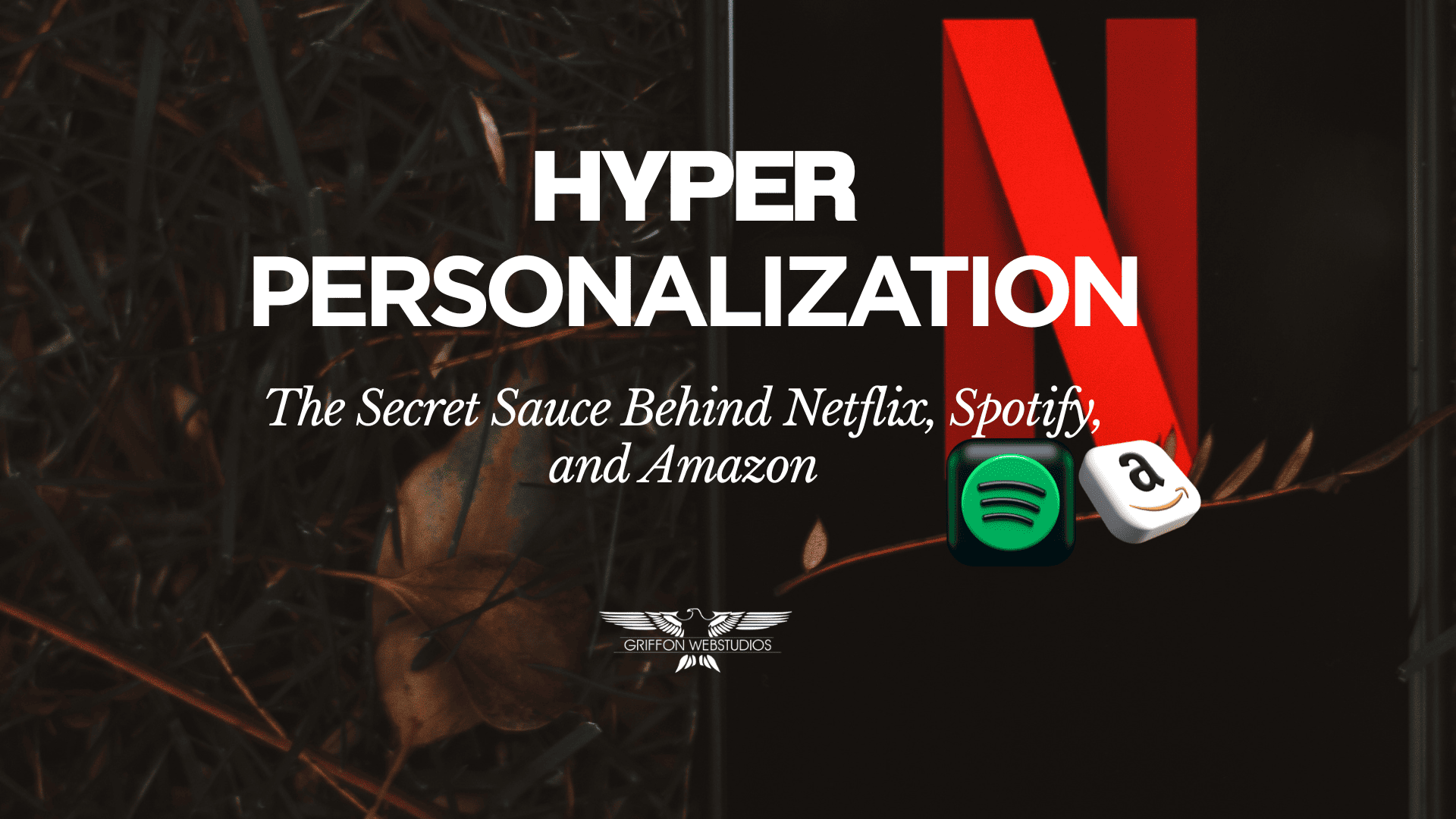Websites used to have a static content before the advent of modern tech. Every visitor saw the same homepage, call-to-action, and the same user journey. Today, that approach feels outdated. Customers expect brands to recognize their preferences, anticipate their needs, and deliver tailored experiences.
The future of digital design will be influenced by website personalization which serves as the solution to this problem.
89% of digital businesses are investing in personalization. (Forrester)
What Is Website Personalization?
Website personalization means adapting the content, layout, and interactions of a site based on who the user is and what they’re likely looking for. The digital version of a salesperson functions as a system which remembers your name and previous buys to suggest products that match your preferences.
Your website can now function as a dynamic system which provides customized offers and messages and pathways to users in real-time.
Why Personalization Matters
The digital world presents people with strong competition while their ability to focus remains short. If your site doesn’t speak directly to the visitor, they’re gone in seconds. Personalization delivers three fundamental advantages to users.
- The content becomes more interesting to visitors when they stay longer because it aligns with their interests.
- A particular call-to-action generates superior results than the typical “Contact Us” option.
- The customer experience builds stronger customer loyalty because website visitors experience understanding and appreciation which results in trust and repeat business.
In short, personalization turns passive browsers into active participants.
How Personalization Works in Web Design
Modern web design has the tools to deliver this at scale. The following personalization methods are widely used:
Location Based: Delivers content based on location by displaying different offers to visitors who are in New York vs Los Angeles.
Behavior Driven: Product recommendations through behavior-driven suggestions which use customer click and purchase history data.
Dynamic CTAs: Changes between new visitor and returning client interactions.
Segmentation: Serves different content selection focusing on who the visitor is, the industry they belong to, roles and buying stage.
The field of design has evolved past visual appearance because it now focuses on creating adaptive user experiences.
79% of consumers are willing to share relevant information about themselves for personalized product recommendations. (Salesforce)
How Website Personalization Works Behind the Scenes
The development approach to website personalization allows organizations to use data signals for delivering customized content to users. The website experience transforms through developer implementation of personalization engines and APIs and custom logic which adapt to user identity and past actions and current location.
Here’s how it typically works:
- The website monitors user information through cookies and IP addresses and device types and browsing activities and CRM data when users access their accounts.
- Users are grouped into segments which include first-time visitors and returning customers and enterprise clients and retail shoppers.
- The personalization engine uses rules or AI Models to generate recommendations based on user location rules (Texas users see Houston office information) or AI-driven recommendations (users who view drilling equipment see performance motor case studies).
- The site serves content variations in real time. The changes include basic headline swaps and advanced page structure reorganization.
Developers make this possible with tools like:
CMS platforms that enable personalization through their features: WordPress with plugins and HubSpot CMS and Sitecore and Adobe Experience Manager.
AI personalization engines (Dynamic Yield, Optimizely, or custom-built solutions).
The frontend frameworks React and Next.js and Vue allow components to change their visual appearance based on user context.
What Different Users Actually See
From the visitor’s perspective, personalization feels seamless. Users cannot see the website transformation but they can feel its impact through their direct website interactions.
Example 1: Location-based
A user in Texas lands on an oil and gas services site. Instead of a generic homepage, they see “Serving Clients Across Houston & Midland” with local office details. Someone visiting from Dubai would see regional messaging tailored for the Middle East.
Example 2: Industry-based
An architect visiting a design services website might see case studies of modern office interiors, and CAD resources and material details to an architect visiting the site. A contractor who visits the same site would view different content that shows project timelines and construction support services and cost-efficient solutions.
Example 3: Behavior-based
The real estate investor who uses property tokenization services receives customized information through ROI calculators and case studies about fractional ownership. A first-time homebuyer on the same site might instead see beginner-friendly guides, FAQs, and simplified call-to-actions about getting started.
In practice, this creates a choose-your-own-adventure experience but it’s invisible. Each user feels like the site was designed just for them, even though the same backend is powering all versions.
The Role of AI in Website Personalization
Artificial intelligence enables users to receive personalized services through its advanced capabilities. AI tools process extensive user data to generate predictions about future actions which enable real-time website adjustments.
For example: An e-commerce platform shows low-stock items to customers who frequently shop and premium products to visitors who usually choose high-end items. Service-based businesses can use AI chatbots to guide users to the right service page based on the questions they ask.
The website becomes a living system through this approach because it allows users to interact with content in ways that extend past simple information presentation.
Challenges Businesses Face
Of course, personalization isn’t without hurdles. Some common challenges include:
Privacy: People desire tailored experiences yet they maintain a strong need to protect their individual information.
Complexity: The process of creating a customized website depends on obtaining suitable tools and specialized knowledge.
Finding the balance: Overdoing it can become creepy instead of being helpful.
That’s why the best personalization strategies are transparent, ethical, and designed with the user’s comfort in mind.
The Future of Website Personalization
Personalization will achieve enhanced operational intelligence in the coming years. The future will bring more AI integration and voice search optimization and real-time experience customization based on time and device usage.
AI search engines that provide direct answers to users make websites that deliver personalized and adaptive experiences stand out as they will achieve success in this environment.
How Griffon Webstudios Can Help
The website design at Griffon Webstudios produces visually appealing interfaces which automatically adjust to match user needs. Our team supports business online sustainability through AI-based development of smart FAQs and knowledge hubs and website personalization solutions.





